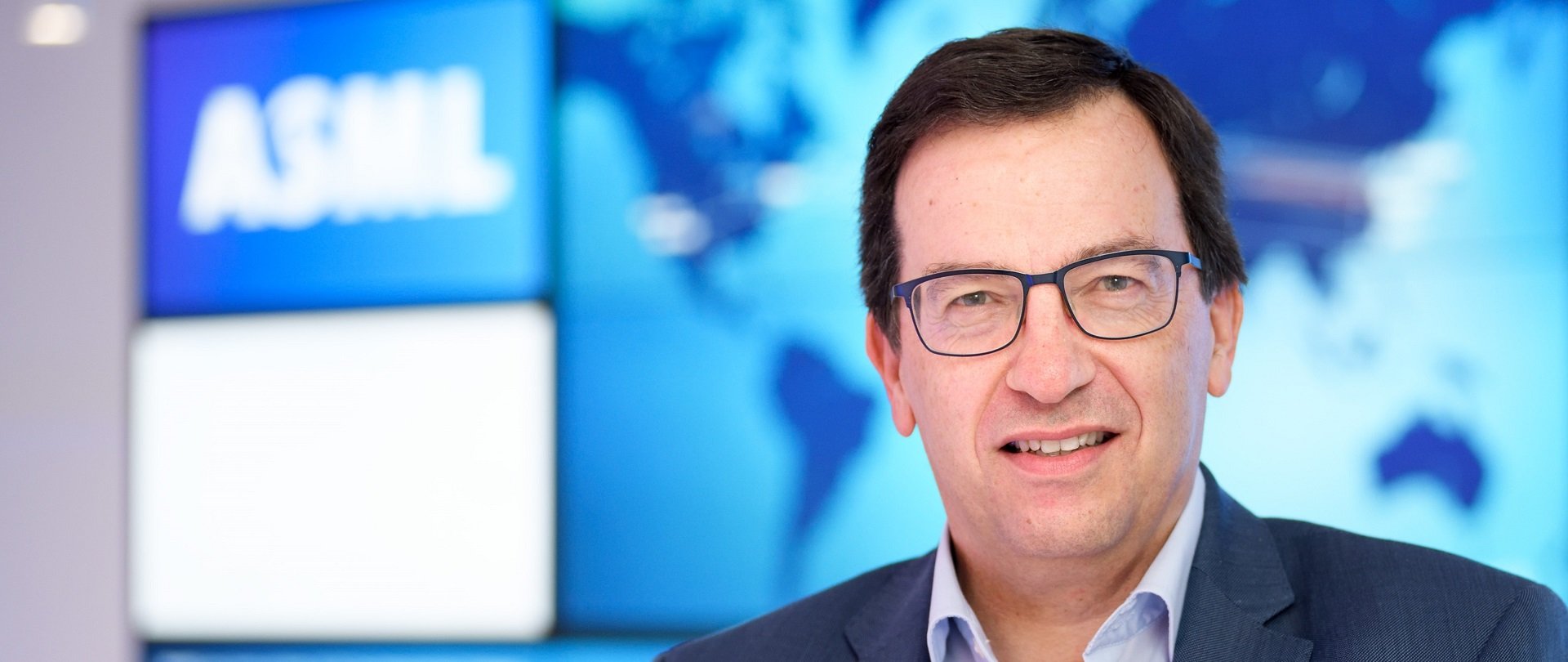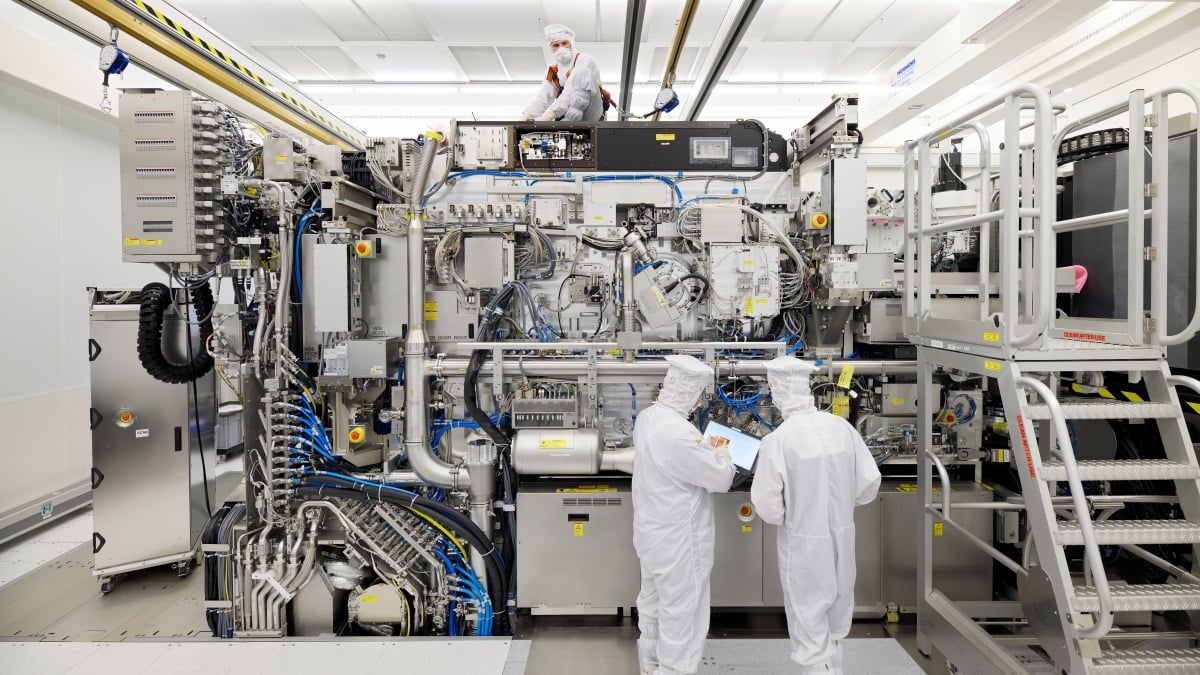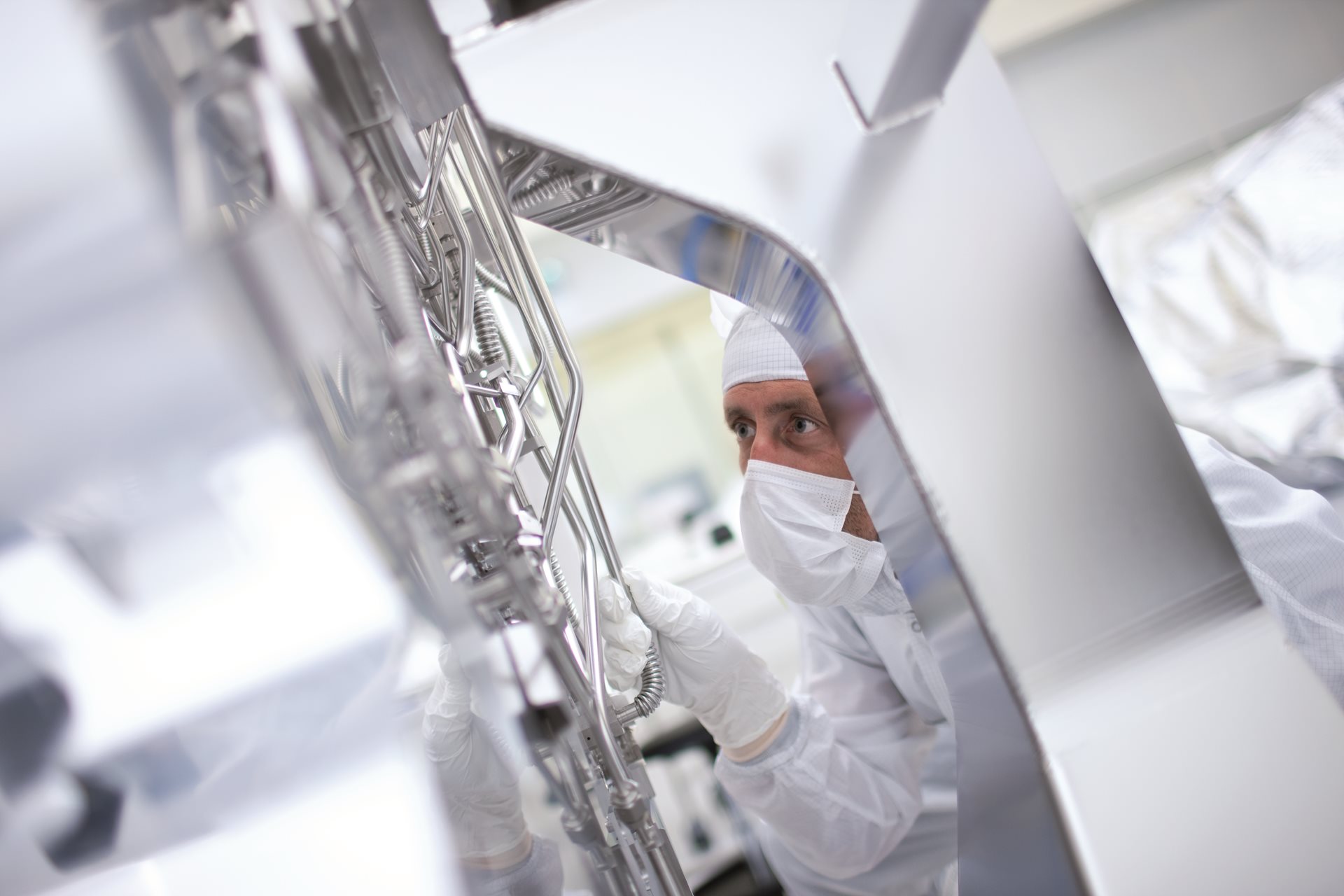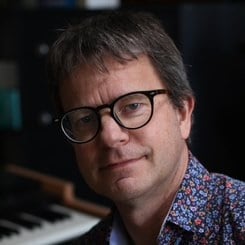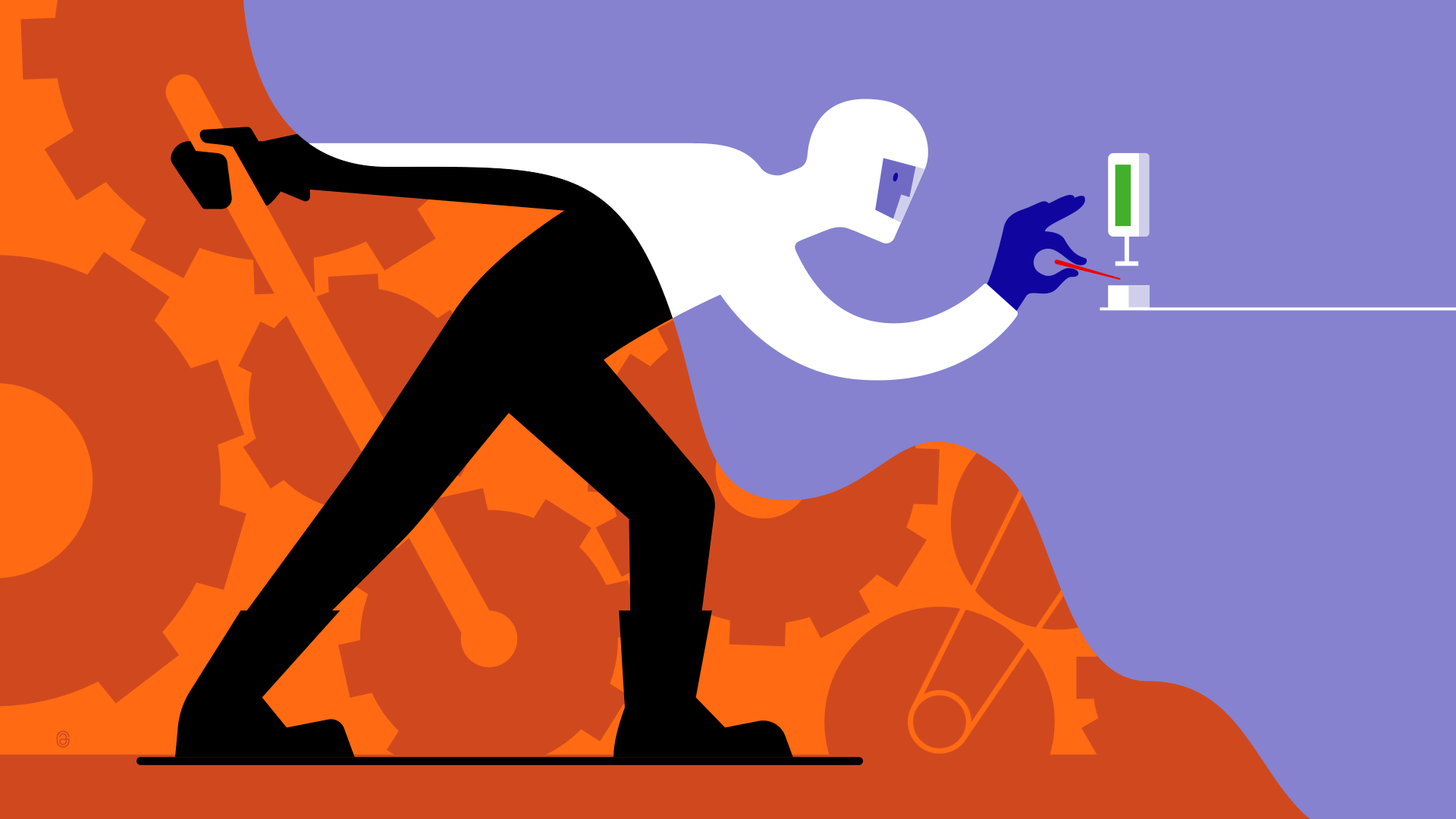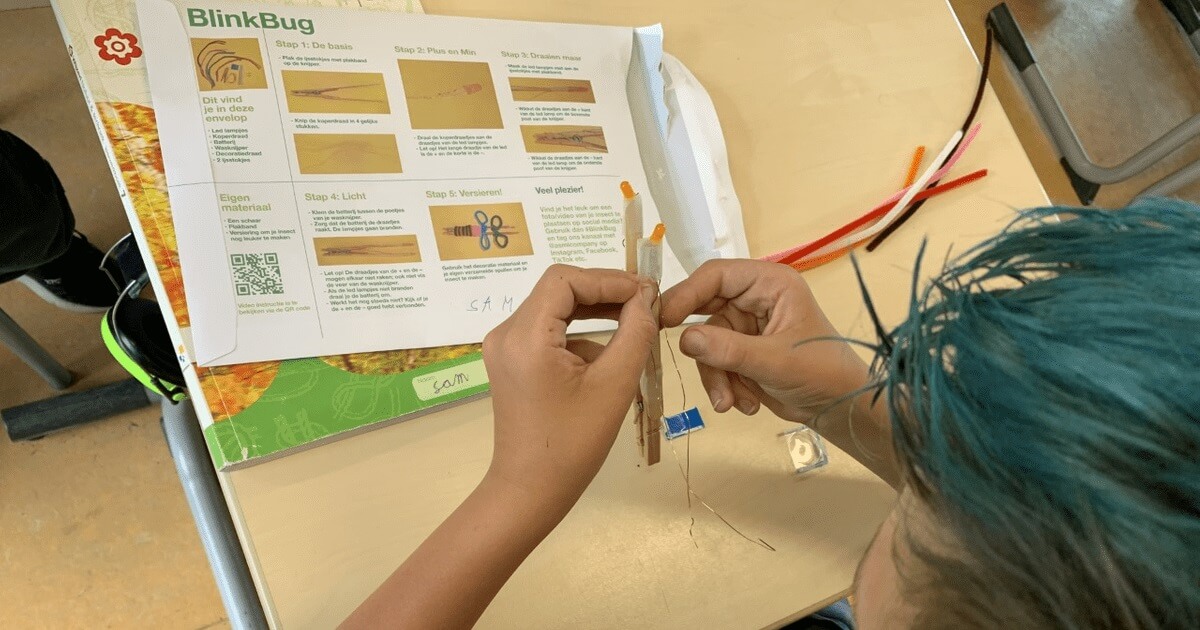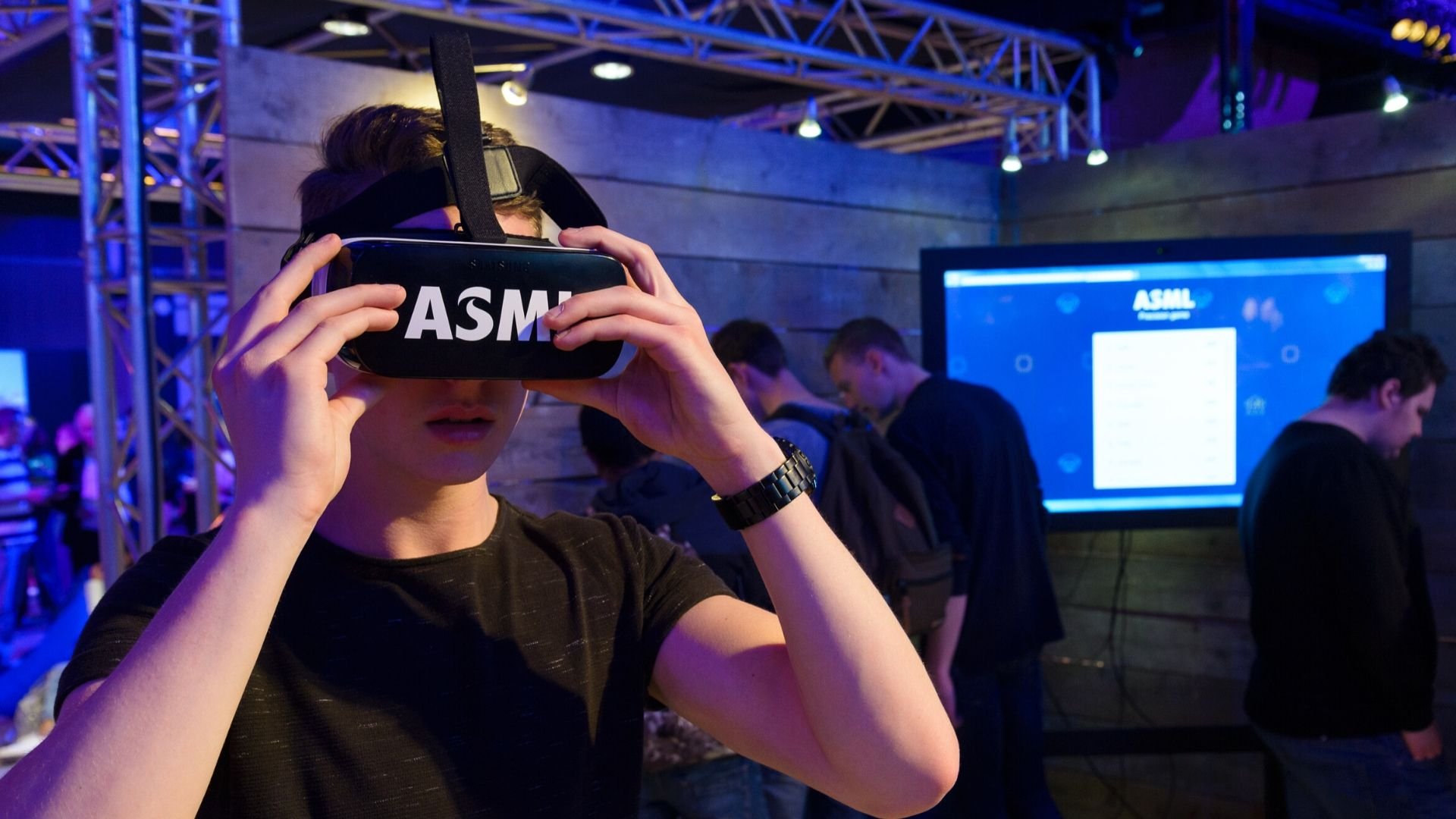5-minute read - by Peter van den Hurk, April 23, 2021
After a dynamic career spanning close to four decades, of which 29 years were spent at ASML, ASML Executive Vice President and Chief Strategy Officer Frits van Hout will retire on April 29, 2021. From his office in Veldhoven, Frits reflects on the past and looks to the future.
Frits van Hout still vividly remembers the day he entered the ASML office for the first time, on May 1, 1984, when the company was in its start-up phase, located in a Philips building in Eindhoven.
“The first question that I got was, ‘Who are you, and why are you here?’,” Frits recalls. “There was no real organization structure, so nobody knew that I was coming. And the second question, after they found out that I was not from Philips, the parent company of ASML, was ‘Are you here voluntarily?’ They were almost shocked to learn that somebody was joining of his own free will – it was quite a ludicrous start.”

Loading component...
Loading component...
A strong mentality of working together in an integrated, transparent way, with customers and suppliers as indispensable partners in the research and development process, is still key to ASML’s success today, Frits adds.
“To enable that kind of partnership, mutual trust between us and our customers and suppliers is another important ingredient for ASML. Particularly being a market leader with little competition comes with great responsibility, because our customers rely heavily on us. Like good engineers, we defined a trust equation, which states that trust typically increases when you put common, shared interest above self-interest. In the short term you may get a bit less than you could have had, but we focus on the longer term – our partnerships survive much longer. I think that is key to our success. There’s an enormous amount of trust among the important players in the semiconductor industry, which enables us to bring this amazing technology to the market. Our customers can always rely on us, we don’t leave them on their own – I think that we still do that very well.”
With ASML growing fast, Frits is convinced that the company has a bright future at the forefront of technology, although competition for getting engineers in is strong.
“I think ASML has enough access to talent in the world to do very well, now and in the future. We’re in a unique position, and we are always on the lookout for talent, both individualists and team players – eleven Lionel Messi’s don’t necessarily make a good football team.“
